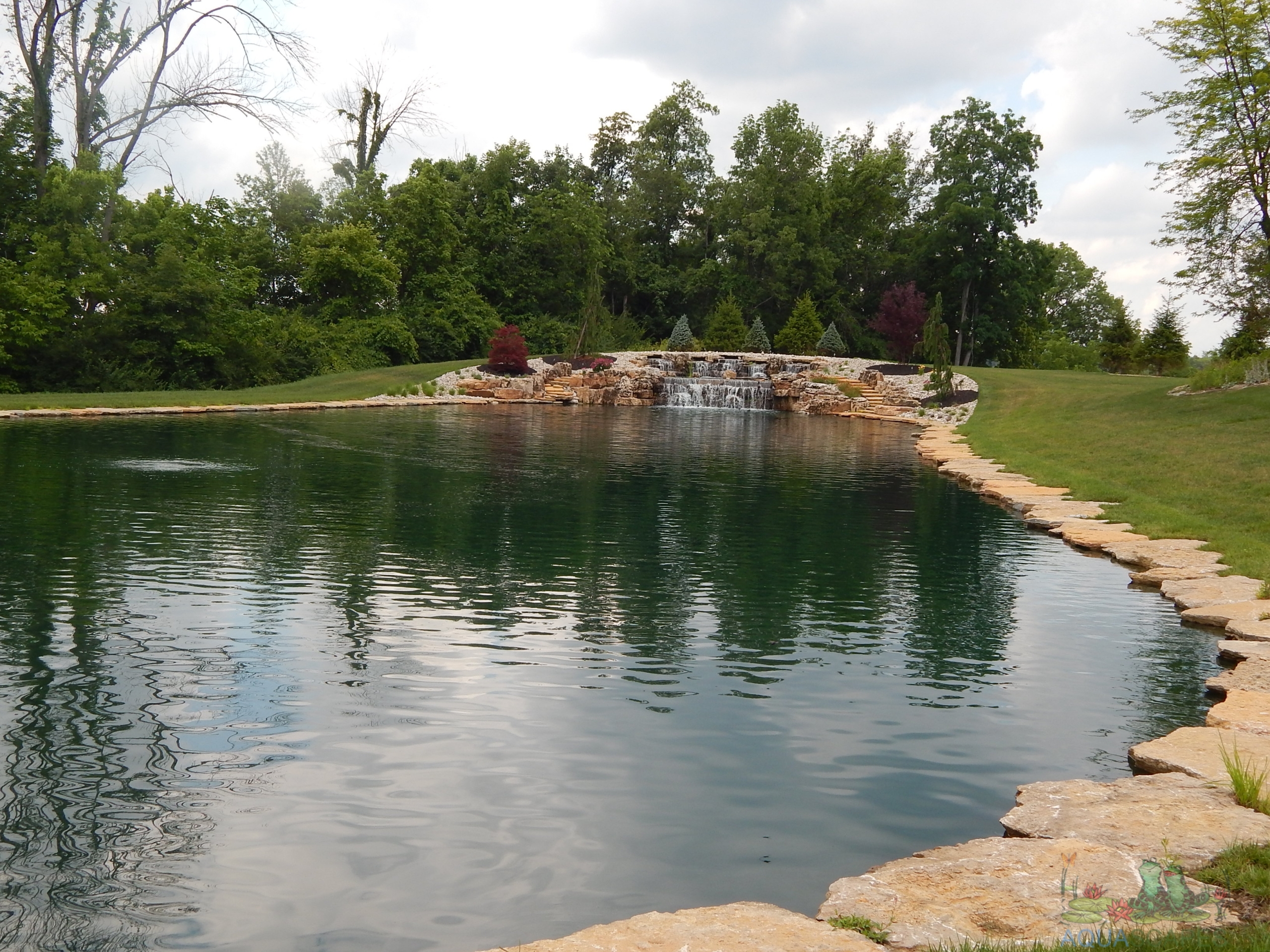Swimming ponds, often referred to as natural swimming ponds, blend the allure of a traditional pool with the ecological balance of a natural aquatic environment. Achieving optimal water quality in these ponds is essential to ensure they remain both safe for swimmers and healthy for the surrounding ecosystem. Here’s a look at the key parameters and practices to maintain ideal water quality for a natural swimming pond. 💧
A Natural Balance
Unlike chemically treated pools, natural swimming ponds rely on biological processes to maintain water quality. They typically incorporate a regeneration zone filled with aquatic plants and beneficial microorganisms that help filter impurities and control algae. This design not only keeps the water clear but also supports a self-sustaining ecosystem, reducing the need for artificial chemicals.
Key Water Quality Parameters
1. Clarity and Turbidity:
Clear water is crucial for both safety and aesthetics. Turbidity should be minimal so that swimmers can see the bottom, ensuring the pond is free of hidden hazards. Regular monitoring of turbidity levels using water testing kits helps you detect issues before they become problematic.
2. pH Levels:
The pH of a natural swimming pond should ideally remain between 7.0 and 7.5. This neutral range is comfortable for swimmers and optimal for the biological processes in the regeneration zone. Slight deviations can affect both the swimming experience and the health of aquatic life, so frequent pH testing is recommended.
3. Dissolved Oxygen:
A high level of dissolved oxygen is necessary for maintaining a balanced ecosystem. Good circulation, aided by energy-efficient pumps, ensures that oxygen is well distributed throughout the pond. This not only supports aquatic life but also helps maintain water clarity by promoting the breakdown of organic matter.
4. Nutrient Levels:
Nutrients like nitrates and phosphates can lead to excessive algae growth if they accumulate in high concentrations. It’s important to monitor these levels regularly. A balanced nutrient level supports healthy plant growth without causing algal blooms that can impair water quality and swimmer comfort.
5. Microbial Balance:
Maintaining a balanced microbial community is key in a natural swimming pond. Beneficial bacteria help break down organic waste and prevent the build-up of harmful pathogens. While natural processes usually manage microbial levels, periodic testing ensures that the balance remains healthy for swimmers.
Practices for Maintaining Water Quality
- Regular Testing: Use water testing kits to monitor pH, turbidity, dissolved oxygen, and nutrient levels. This regular oversight allows you to adjust the ecosystem before issues arise.
- Proper Filtration: A well-designed regeneration zone with a variety of aquatic plants acts as a natural filter. This zone should be sized appropriately in relation to the swimming area to effectively manage water quality.
- Maintain Circulation: Good water circulation prevents stagnation, which can lead to bacterial growth and reduced oxygen levels. Energy-efficient pumps help achieve consistent flow throughout the pond.
- Seasonal Adjustments: Natural ponds require different care throughout the year. During warmer months, increased evaporation and nutrient loading may necessitate more frequent testing and adjustments. In colder seasons, maintaining a gentle flow can prevent ice formation and ensure that the water remains oxygenated.
Final Thoughts
Creating a safe and inviting natural swimming pond hinges on maintaining balanced water quality. By carefully monitoring key parameters and embracing a design that fosters a natural filtration system, you can enjoy a refreshing swim while preserving the health of your pond ecosystem. With these practices in place, your natural swimming pond can become a beautiful, sustainable retreat that harmonizes with nature and provides endless enjoyment. 😊

